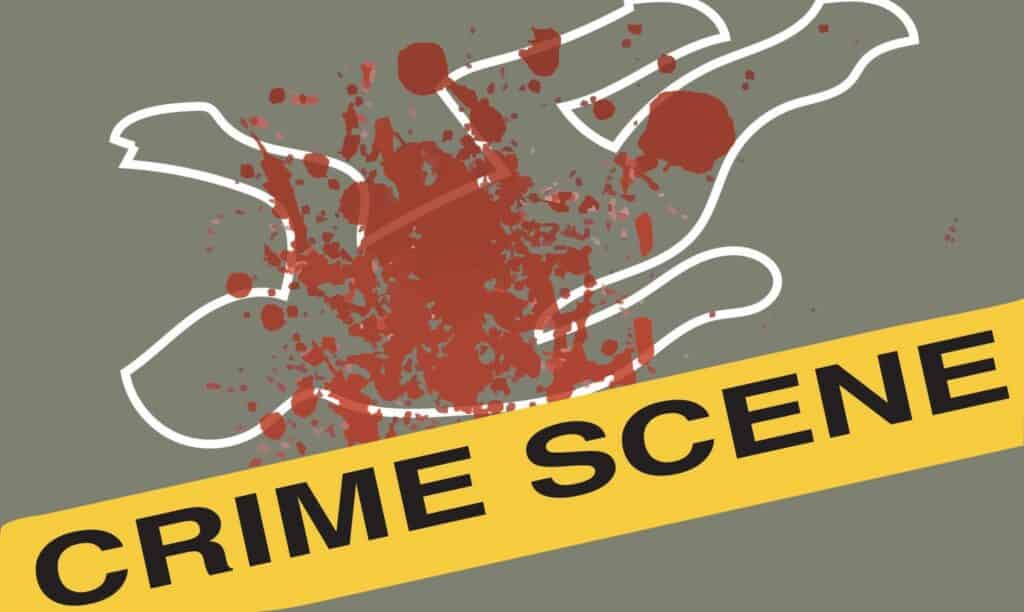
What I do is Criminal: Day in the life of a Criminalist
Grace Myers, Managing Editor
A 911 call comes in from the Greenville County waterpark. The bloodied body of a John Doe has been found in a car by a waterpark employee. The employee can not tell if the man is dead or alive.
The sheriff’s department and EMS are dispatched to the scene. It is determined that John Doe is, in fact, still alive, but his injuries are most certainly not an accident. His injuries will likely leave him in a vegetable-like state, requiring around-the-clock care for the rest of his life. The sheriff’s department then calls a forensic technician to the scene.
Once they arrive on-site, the forensic tech begins surveying the crime scene, taking stock of what has happened. He must work fast because all of the available evidence will be contaminated after the vehicle is towed. However, a scene like this is not unusual for him. Forensic techs and criminalists encounter a wide variety of cases each and every day, ranging from car break-ins to homicide.
At this particular crime scene, he must photograph, collect and catalog a handful of items and samples, including:
● The car itself
● A backpack found in the trunk of the car
● A T-shirt found lying on the passenger seat
● A small amount of blood on the cargo hatch
● A container of wet wipes used to wipe down the car, as evidenced by bloody smudge marks found on the vehicle
This is a relatively small crime scene, so the evidence collection does not take long. Then this collected evidence is processed for DNA and fingerprints. The tech is able to lift fingerprints off the tailgate and side of the car, which will later be vital in solving this case. He then writes his report and sends what he has collected to the property and evidence department for safekeeping until it is sent to the proper labs and specialists.
As the case progresses, the fingerprints lifted by the crime scene tech make their way to the fingerprint lab. The prints are then received by Tyler Bucholtz, a criminalist (or forensic scientist/investigator) for Greenville County. At this point, Bucholtz says that the case is a complete “whodunit.” They have not even managed to identify John Doe yet.
Bucholtz then runs the usable fingerprints through IAFIS (Integrated Automated Fingerprint Identification System), which is the FBI’s official fingerprint database. While television shows like “NCIS” and “CSI” may make the process look simple, finding a fingerprint match is not as easy as it seems. In order to run fingerprints, Bucholtz has to narrow down the database of approximately 156 million fingerprints to 30% by running the prints against certain specifics like the gender and race of his suspect – which is unknown at this point.
Bucholtz runs the fingerprints through the database multiple times on multiple settings. Still, the answer is always the same – no match found. But, Bucholtz refuses to give up and runs the fingerprints again a week later.
This time, he manages to find a match for a female suspect based on the middle joint of the suspect’s pinky finger. He reports his findings to the sheriff’s department, which tracked down the newly identified suspect.
At first, the suspect denies any involvement with the case, claiming that she has never been to the waterpark where John Doe was found. However, after being confronted with the fingerprint evidence, she eventually changes her story and admits that her boyfriend had beat John Doe and then instructed her to drive Doe in the car to the waterpark.
Because of his work on the case, Bucholtz and Greenville County received the FBI Latent Hit of the Year award. According to the FBI, the honor is awarded annually to an outstanding latent (fingerprint) examiner or officer who solved a major violent crime by using the FBI’s IAFIS database.
However, Bucholtz notes that real-life forensics is not as “magical” or predictable as the entertainment industry makes it out to be. Everyone wants to know what goes on on the other side of the yellow tape – what’s it like working a crime scene?
“We’ve had some people work with us for a month and then quit because it is not like TV,” he says. “On TV you just have the visual, but when you are there, you have all five senses.”
Realistically, forensic investigators aren’t just seeing bodies and crime scenes. They are hearing the distraught screams of family members and smelling the metallic smell of blood wafting through the air. That smell is often joined by the heavy stench of rotting flesh – which smells like meat left out on the hottest day of the summer – as they photograph a decomposing body. This job isn’t for everyone.
However, thanks to dedicated individuals like Bucholtz and a tiny series of ridges and furrows, plus a little persistence, the case of the bloody John Doe at the waterpark was solved, and justice was served.
